War with China: Part I
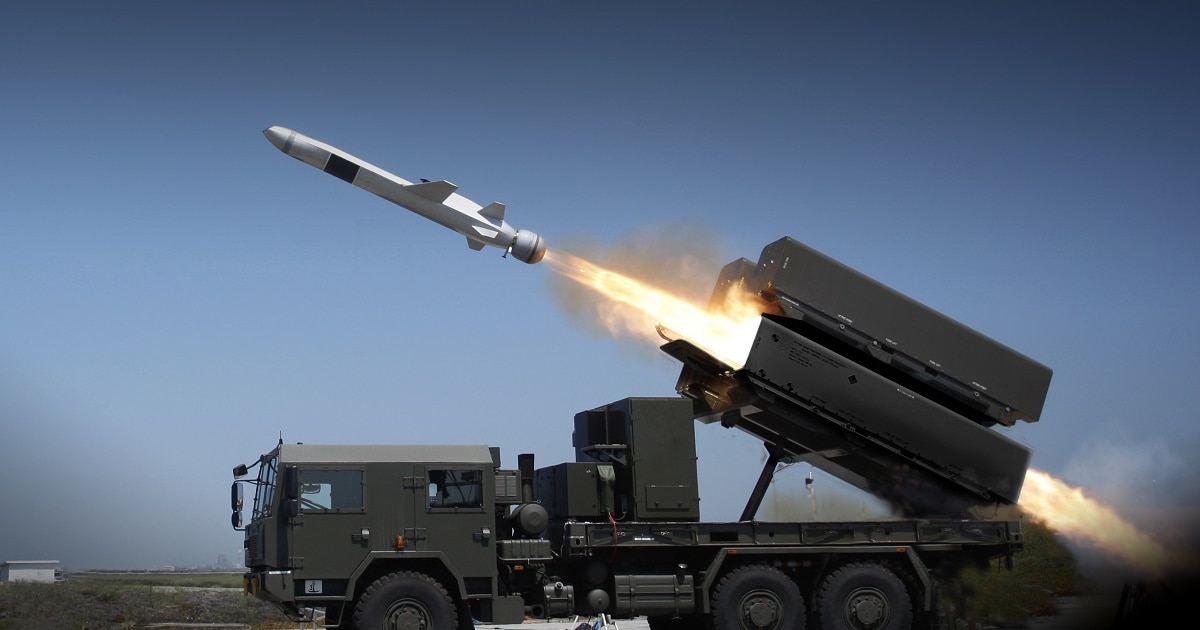
Greetings. For those not on the War Bible page, here is Part I as promised on 4 January. We will continue to drop the parts here until we reach Part VII and the commencement of the actual war exercise itself and then it will be entirely on the War Bible Page.
-Mel
Introduction
As tensions continue to rise between the United States and China (henceforth known as the PRC), the potential for conflict will increase accordingly as a result. If a conflict actually broke out, for any reason, there would be a few scenarios that could play out, and each one carries different risks. Depending on the scenario, there also could be different conclusions, each of which will have potentially large global effects. Below are some of the potential causes for conflict:
Taiwan Moves for Independence
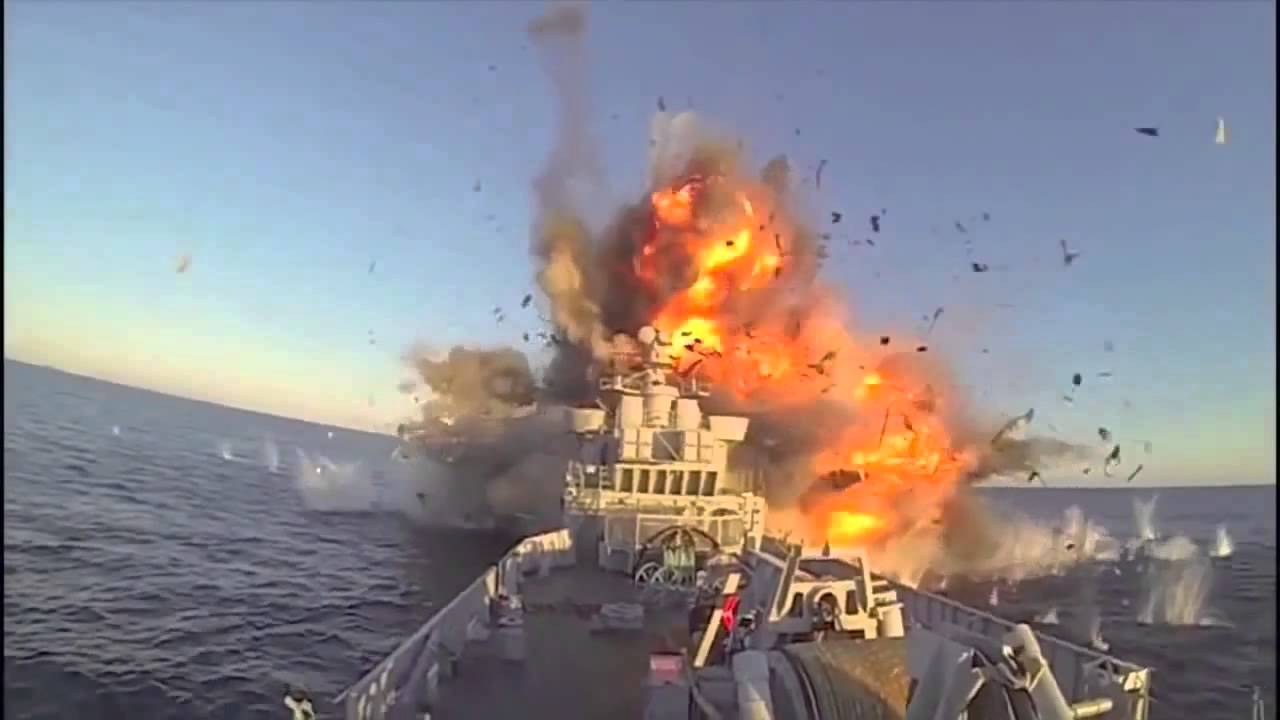
In this scenario, The Republic of China, also known as Taiwan, wishing to regain international recognition and capitalize on other recent events that illustrate the Taiwanese stance of national sovereignty, national self-determination, and Western condemnation of Russia’s use of force to adjust borders and solve political disputes by military force, moves towards official independence which triggers the PRC to initiate military operations. In this scenario, the PRC will increase military pressure on Taiwan in a sequential fashion. First, the PRC will declare its opposition and issue an international advisory to the world (as well as the typical diplomatic shuffles), which will include warnings to potential nations that may contemplate military support for Taiwan.
After these moves, the PRC (if not already doing so) would likely mobilize its military forces for employment. The PRC would likely initiate first and strike Taiwanese naval ports, air bases, POL facilities, Command and Control centers, and other critical infrastructure facilities, prior to establishing a maritime blockade against the island. After initial and follow-up strikes, the PLN would sortie out to sea, past the island, and establish positions that blockade the island. The PLAAF would execute counter air operations, air strikes, and seek to establish air superiority over the straits, the island, and out to 500nm from the mainland coast. These efforts in sequence would be designed to ensure the PLN forces freedom of maneuver as well as ensuring total isolation of the island. The PRC would not likely attempt operations that are of a lower threshold against the island as any effort or lesser threshold operation would require ceding to Taiwan, the ability to conduct a first strike attack against PRC maritime forces in the vicinity and risk damage to PRC ports of disembarkment, thus jeopardizing current and future (follow-on) PRC operations. In this scenario, such PRC actions could lead to a direct military confrontation between the United States, her allies, and the PRC.
Accidental Clash Between PRC and JMSDF/USN Assets

In this scenario, the contested Senkaku Islands between the PRC and Japan cause a flashpoint and an accidental engagement between forces. In such a scenario, this conflict remains limited and confined to the general operational vicinity. The PRC would likely surge on call QRF forces and attempt to overwhelm any responding forces from the JMSDF and the USN. In this scenario, tensions will remain high as well as continue, but the threat of full-blown war remains low as diplomatic efforts calm the situation after several tense days and standoffs.
PRC Pre-emptive Invasion of Taiwan
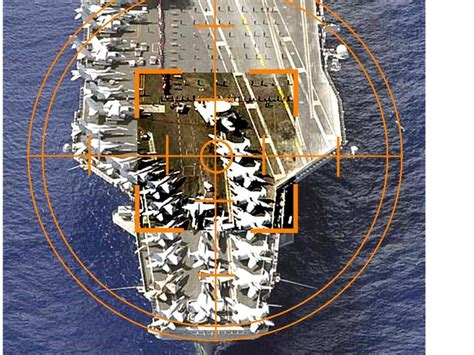
In this scenario, the PRC assesses that their current situation requires pre-emptive military action to prevent Taiwanese independence and a resurgence of active US counter efforts in the region. The PRC assumes the following: the lack of any meaningful repercussions from the world community from previous PRC incidents, the overtures from several European nations to the PRC, US preoccupation elsewhere (Ukraine), Western fatigue from economic losses associated with the Russo-Ukrainian conflict, and previous subdued US responses, all illustrate to the PRC that the timeframe favors action.
On Order, the PRC initiates a full-scale attack on Taiwan and applies a similar operational approach as seen in scenario 1 (Taiwan moves for independence). One critical difference in this scenario compared to scenario 1 is that the PRC will conduct a long-term buildup of material and forces, as well as other required actions that will provide advanced early warning and indicators to both Taiwan and to the US. It is estimated that such activities will require at least 10 months of advanced preparation to meet the window (timeframe) and will center around seasonal, calm weather, (Sea state levels, cloud levels, and wind factors) which favors an attacking force.
Potential Global Alignments
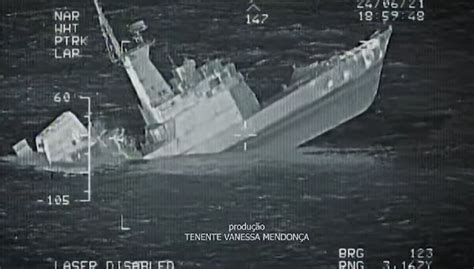
This scenario also factors long-term PRC force posturing, force buildup, and potential diplomatic overtures to potential third-parties comprising of the ROK, Vietnam, India, Australia, Indonesia, Singapore, Philippines, and Malaysia. The PRC objectives during this phase will be attempting to reduce US and coalition partners from having secure access to the operational environment. Particular concern would be PRC overtures to the ROK as well as leveraging the DPRK threat against Seoul. This possibility, if pursued, would aim to render US forces stationed inside the ROK ineffective. The end state would be a political agreement with Seoul where Seoul prohibits US forces from combat operations against the PRC and in exchange, PRC forces will not target the ROK.
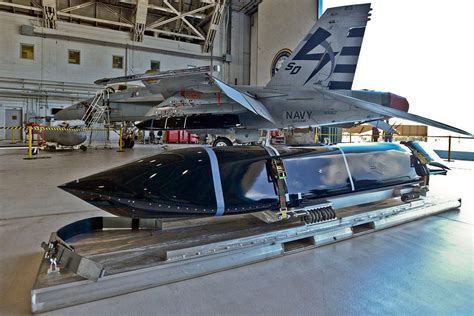
For the purposes of this series, scenarios 1 and 3 will be used as the baseline. It is assumed that the US will have the support of a coalition consisting of Australia, Japan, Canada, the UK, France, Poland, Norway and have open support from India, Singapore, Malaysia, Philippines, and Indonesia, in the framework of localized security, intelligence support, logistical support, and maritime port and airbase access. It is assumed that the PRC will have overt political support from Russia, Iran, and the DPRK.
Side Notes
- Prior to US foreign policy decisions starting in 2021, Russia was estimated to provide passive to moderate {political} support to the PRC in the event of conflict with the US. As a result, given poor Russo-US relations, it can now be expected that Russia will provide active military and political support to the PRC, it will provide intelligence {technical support in surface and subsurface domains} as well provide secure energy exports to the PRC, ensuring PRC energy needs.
- DPRK leverage by the PRC could consist of provocations towards Seoul, detonation of nuclear devices in a show of strength, active intrusions via maritime domains, etc. In these, the PRC can leverage this threat to the ROK and offer; “The PRC will request that the Republic of South Korea prohibits its territory from being used by US forces for attacks against the Chinese mainland, any PRC forces, or assets. In exchange, the PRC will refrain from targeting the Republic Of Korea, and will ensure that the DPRK will respect the territorial integrity of the Republic of South Korea”. An additional possibility is the passive suggestion of potential nuclear weapon employment by the PRC against Seoul or ROK bases in the event they allow US forces to attack the PRC from ROK territory.
————————————-Nothing Follows—————————————










